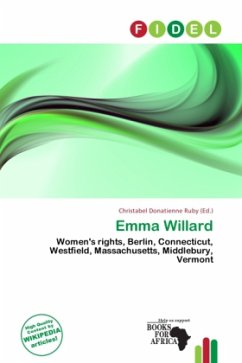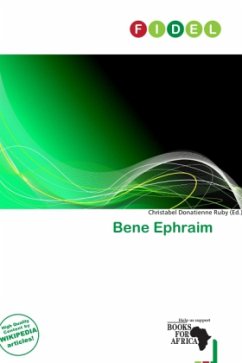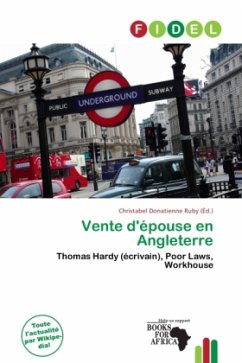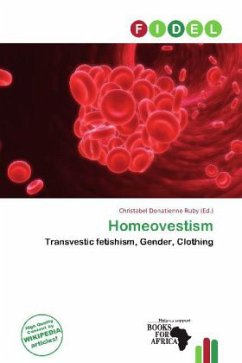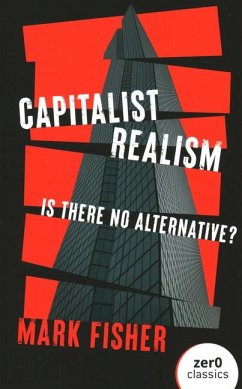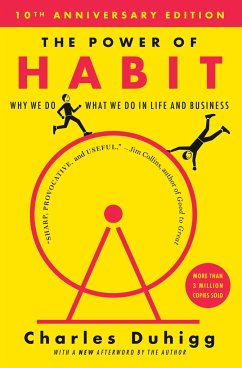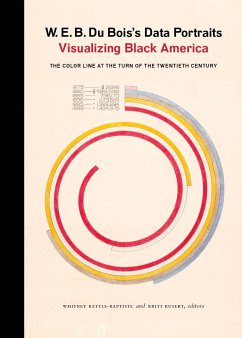
Henrietta Greville
Dunedin, Albury, Parliament of Australia, Temora, New South Wales, West Wyalong, New South Wales
Herausgegeben: Donatienne Ruby, Christabel
Versandkostenfrei!
Versandfertig in 6-10 Tagen
23,99 €
inkl. MwSt.

PAYBACK Punkte
12 °P sammeln!
Please note that the content of this book primarily consists of articles available from Wikipedia or other free sources online. Henrietta Greville MBE, née Wyse (9 October 1861 29 August 1964) was an Australian labour organiser and one of the first women to run for the Australian Parliament with major party endorsement. Greville was born in Dunedin, New Zealand, to Australian-born gold prospector Henry Wyse and Rebecca, née Hutchinson. The family moved to Victoria in 1866 and to Howling in New South Wales in 1868. Despite her lack of formal education Henrietta was briefly a teacher at the ag...
Please note that the content of this book primarily consists of articles available from Wikipedia or other free sources online. Henrietta Greville MBE, née Wyse (9 October 1861 29 August 1964) was an Australian labour organiser and one of the first women to run for the Australian Parliament with major party endorsement. Greville was born in Dunedin, New Zealand, to Australian-born gold prospector Henry Wyse and Rebecca, née Hutchinson. The family moved to Victoria in 1866 and to Howling in New South Wales in 1868. Despite her lack of formal education Henrietta was briefly a teacher at the age of 17. On 3 August 1881 at Albury Registry Office she married jeweller John Collins, but the marriage was unhappy and they separated in 1889, Henrietta and her four children returning to her parents' farm at Temora. Greville worked as a seamstress, but the 1890s depression forced her to move to the goldfields at West Wyalong, where she helped to establish a local branch of the Political Labour League. She married miner and union organiser Hector Greville on 30 August 1894, and despite constantly moving to support the family they had a happy marriage. Henrietta became an organiser for the Australian Workers' Union and later became influential in the Women Workers' Union.



